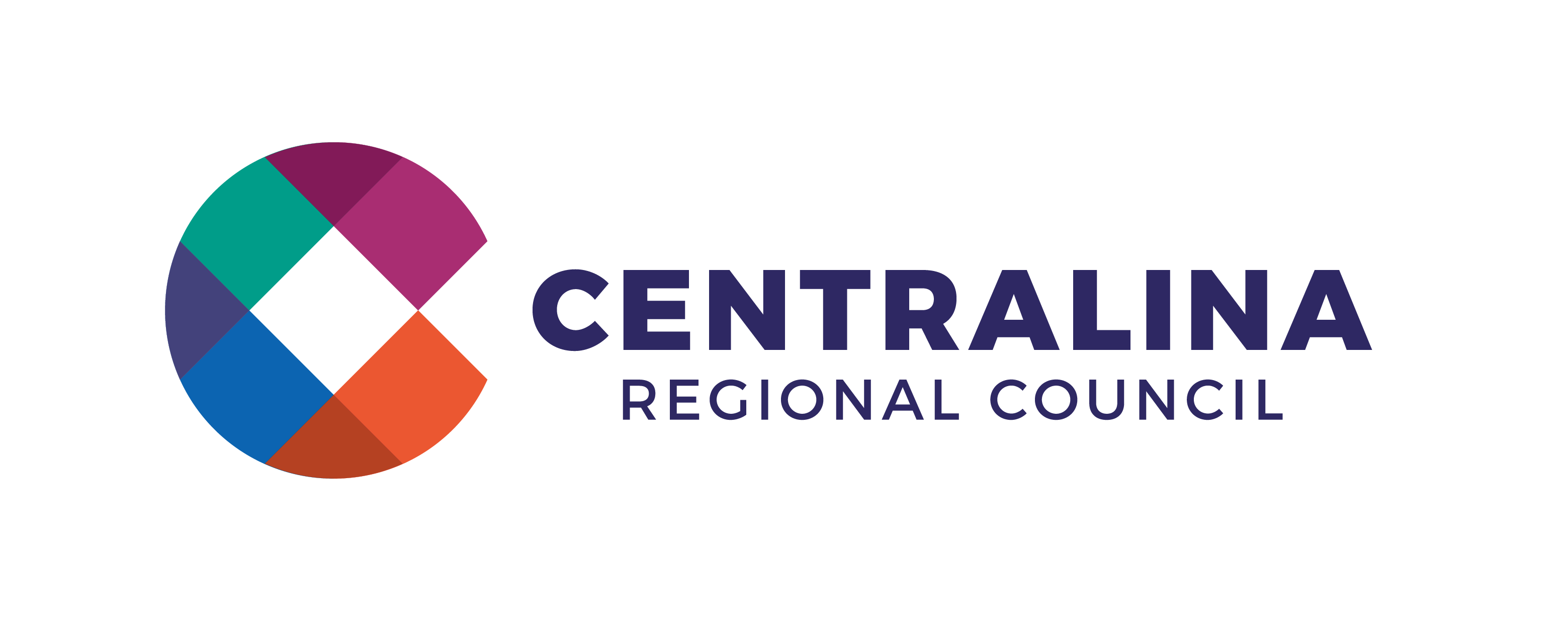The U.S. Supreme Court’s recent decision in Loper Bright Enterprises, Inc. v. Raimondo significantly changes the balance of interpretive authority between the federal judiciary and executive agencies. This ruling ended 40 years of precedent, set by a doctrine known as “Chevron deference,” and will impact federal agencies and the regulations they enforce, eventually extending to the work of local governments in North Carolina.
Historically, laws do not spell out the specific details of how they will be implemented. Instead, laws authorize agencies to issue regulations that set forth how the law will be implemented based on the authority granted by Congress in that statute. This process sometimes required significant interpretation, particularly when a law enacted by Congress was ambiguous, leading to disagreements and disputes between Congress, federal agencies, the judiciary and private citizens.
In a 1984 U.S. Supreme Court decision, Chevron USA v. Natural Resources Defense Council, the Supreme Court determined that courts must defer to federal agencies’ reasonable interpretations of ambiguous statutes. This principle, referred to as the Chevron doctrine, allowed agencies to implement laws based on congressional intent by creating and enforcing regulations based on the agency’s interpretation of the statute. The Chevron doctrine required courts to defer to this interpretation so long as that interpretation was “reasonable,” even if the court would have interpreted the law differently. For decades, thousands of courts across the country have applied Chevron deference.
The Loper Bright case, which led to the end of Chevron deference, involved a regulatory action by the National Marine Fisheries Service (a federal agency within the Department of Commerce’s National Oceanic and Atmospheric Administration) requiring certain commercial fishing vessels to allow government observers onboard and requiring each fishing company to pay for those onboard observers. The regulation was challenged by several fishing companies who claimed the agency did not have statutory authority to require companies to bear the costs of the observers but was upheld by lower courts under Chevron deference. Upon appeal, the U.S. Supreme Court decided to hear the Loper Bright case in order to address whether the Chevron deference doctrine should remain as precedent, be clarified or be overruled. On June 28, 2024, the Supreme Court issued a ruling vacating the lower court decisions and overruling the long-standing Chevron doctrine, setting a new standard requiring that courts exercise independent judgment on whether agencies act within their statutory authority.
Without Chevron deference, there is a substantial legal shift moving interpretive authority away from federal agencies to the judiciary. Many experts expect that there will be more legal challenges to federal regulations across the courts. The six-member majority opinion of the court, led by Chief Justice Roberts, argued that the Loper Bright ruling would reduce shifting agency interpretations and limit overly broad agency interpretations, while the dissent warned that it may lead to increased uncertainty regarding administrative actions by making legal challenges easier.
New legal challenges to existing federal regulations using the Loper Bright ruling could affect state and local governments, particularly for state and local programs that are funded with federal dollars or created by federal law. Potential areas that could be affected include federal regulations for procurement and grants administration, Title X and ADA requirements, regulations involving child support enforcement, Community Development Block Grant regulations and various environmental regulations.
The Supreme Court’s decision in Loper Bright marks a massive shift in interpretive authority from federal agencies to the judiciary. While there is both concern about and support for the decision, the full impact of Loper Bright remains to be seen. North Carolina public officials will have to closely monitor legal developments and remain aware that current federal regulations continue to apply unless altered by a court or the issuing agency.


